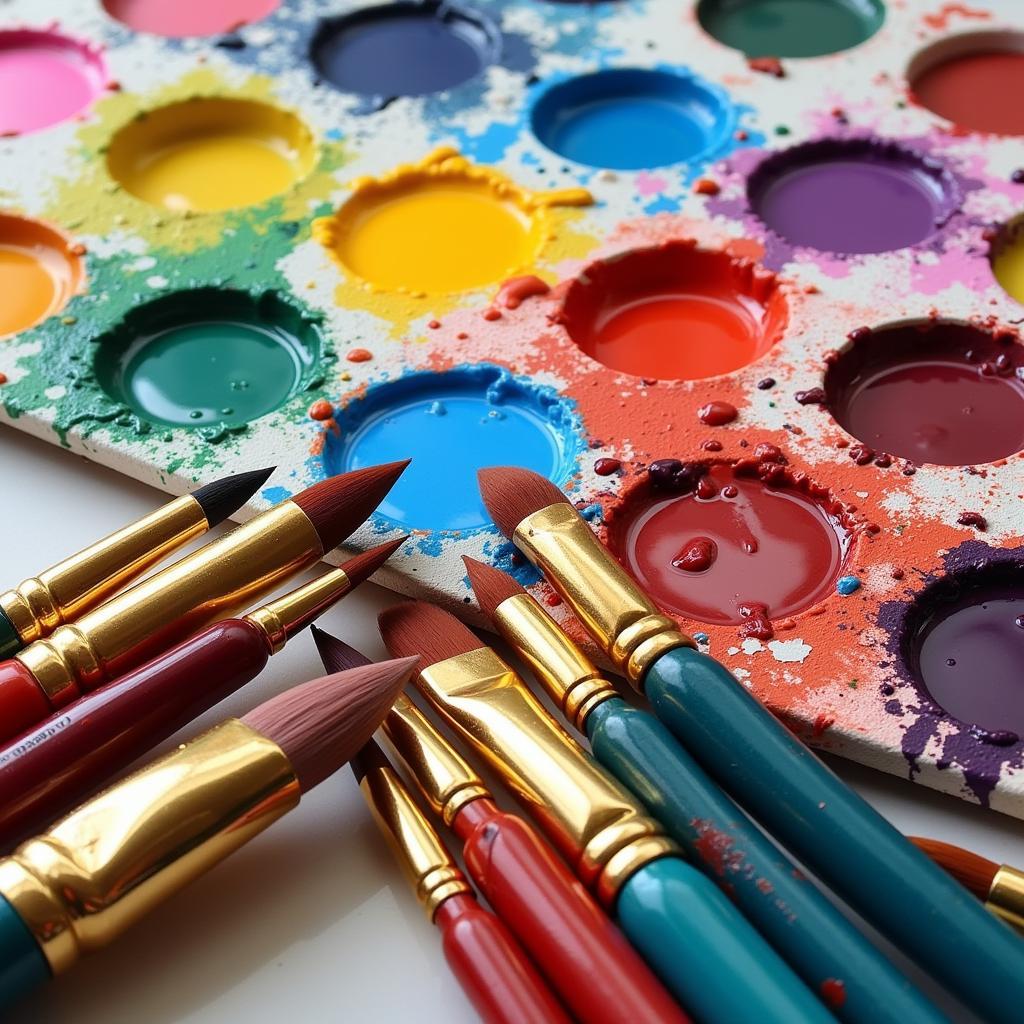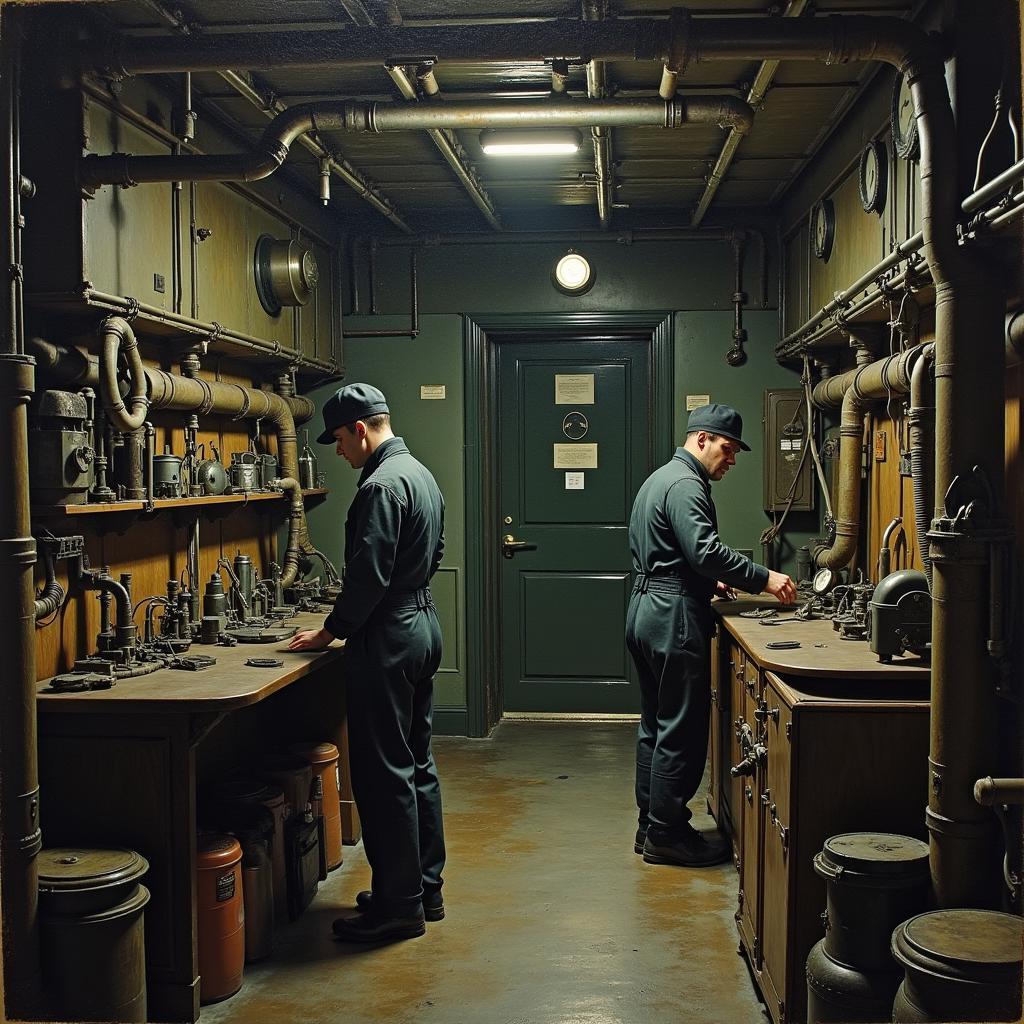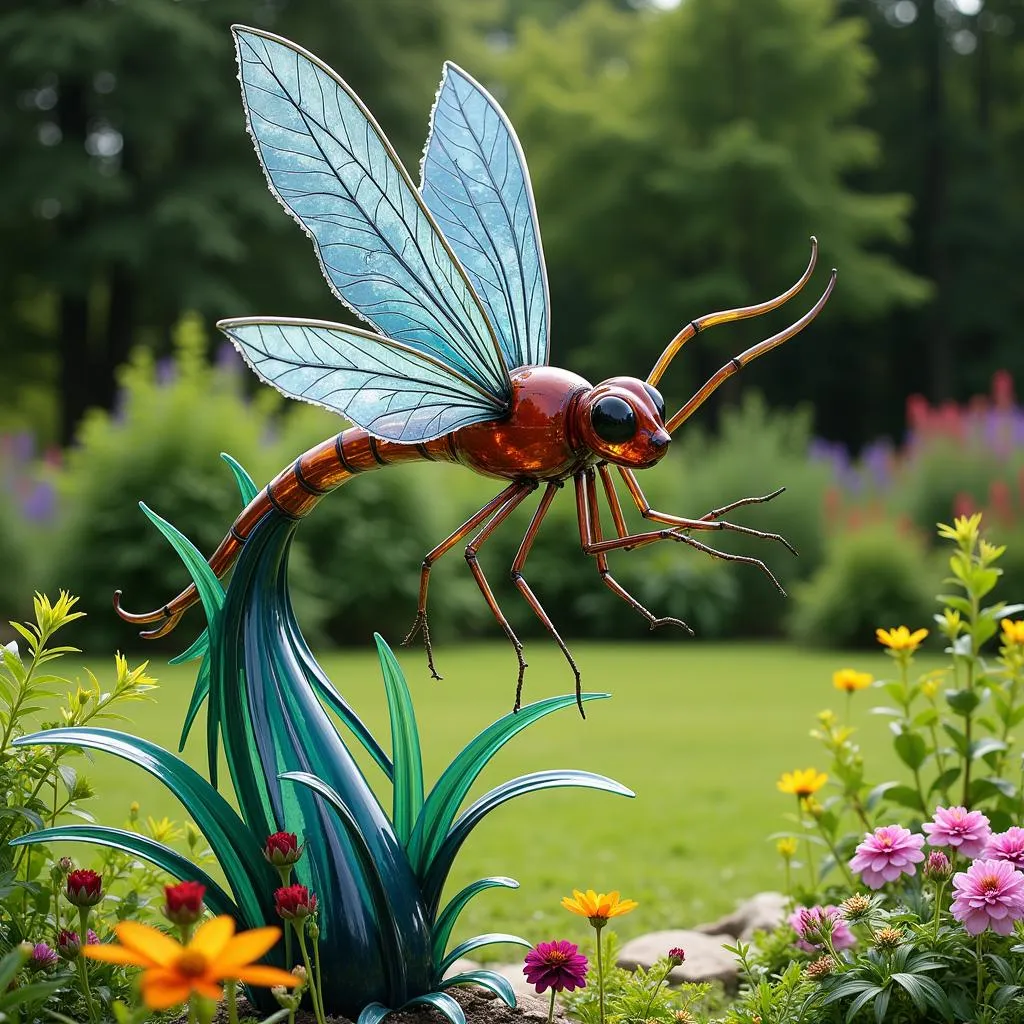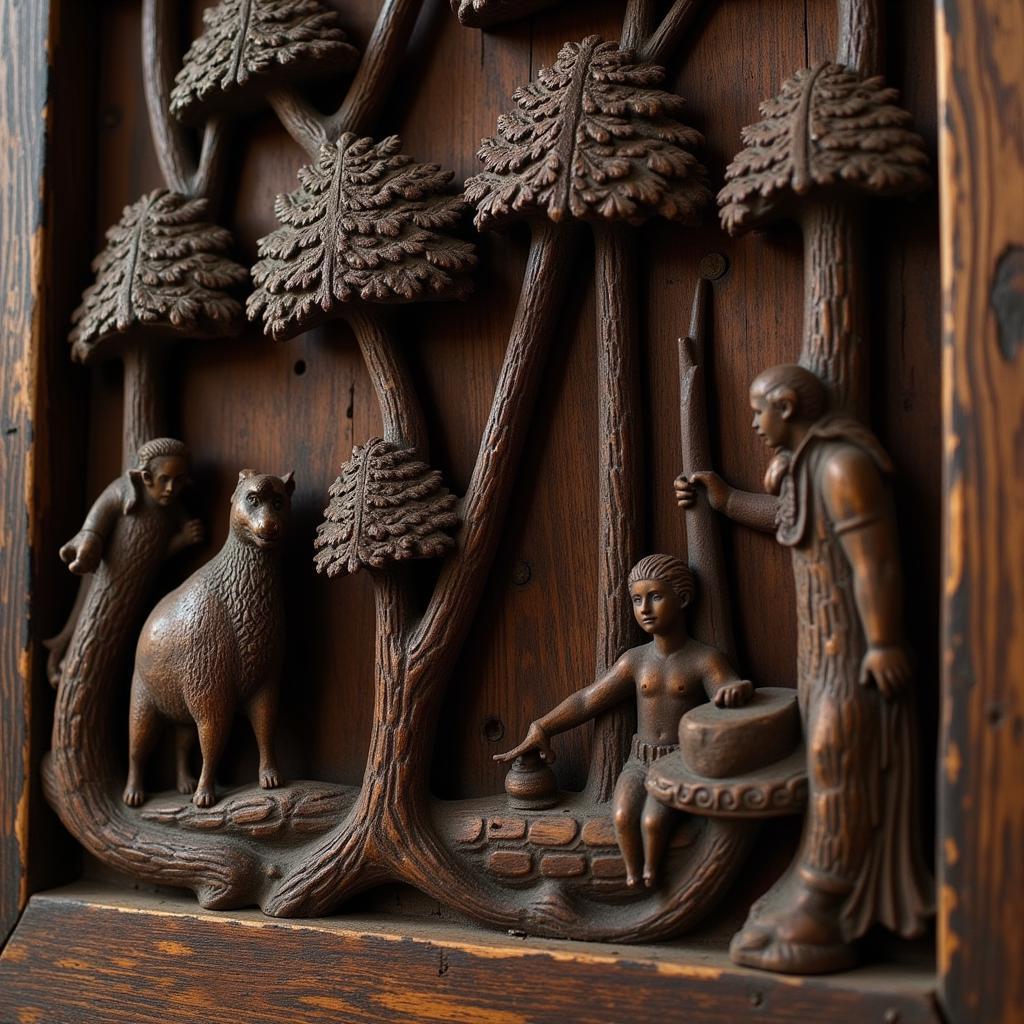Exploring the Timeless Beauty of Oil Painting Art
Oil Painting Art has captivated art lovers for centuries. From the rich, vibrant colors to the expressive brushstrokes, oil paintings possess a unique allure that continues to inspire artists and collectors alike. This article delves into the world of oil painting, exploring its history, techniques, and enduring appeal. Check out some breathtaking examples of deer oil painting art. deer oil painting art
A Journey Through the History of Oil Painting
The origins of oil painting can be traced back to the 5th century, but it wasn’t until the 15th century in Northern Europe that the technique truly flourished. Early Netherlandish painters like Jan van Eyck are credited with perfecting the use of oil paints, creating luminous and detailed works that revolutionized the art world. Their meticulous approach and mastery of glazing techniques set a new standard for oil painting art. The Renaissance saw oil painting become the dominant medium in Europe, with masters like Leonardo da Vinci and Michelangelo embracing its versatility and expressive potential. The Baroque period witnessed further innovations in oil painting techniques, with artists like Rembrandt and Caravaggio using dramatic lighting and rich impasto to create powerful and emotionally charged works.
Mastering the Techniques of Oil Painting
From preparing the canvas to applying the final varnish, oil painting involves a series of intricate steps. The first step involves priming the canvas, creating a smooth surface for the paint to adhere to. Next, artists sketch their composition onto the canvas, carefully planning the placement of elements and the overall balance of the artwork. Oil paints are then applied in layers, allowing artists to build up depth and texture. Techniques like blending, glazing, and impasto offer endless possibilities for creating unique effects. Finally, a protective varnish is applied to preserve the painting and enhance its vibrancy.
 Oil Painting Techniques: Brushes and Palette
Oil Painting Techniques: Brushes and Palette
The Allure of Oil Painting: Why It Continues to Inspire
What is it about oil painting that continues to captivate artists and art enthusiasts alike? The answer lies in its unique qualities. The rich, luminous colors of oil paints create a depth and vibrancy unmatched by other mediums. The slow drying time of oil paints allows for extensive blending and layering, giving artists greater control over their work. The versatility of oil paints enables artists to create a wide range of effects, from smooth, blended surfaces to thick, textured impasto. From traditional landscapes and portraits to modern abstract expressions, oil painting offers a vast canvas for artistic exploration. For those looking to add a touch of artistry to their homes, exploring oil painting wall art can be a rewarding experience. oil painting wall art
Why Choose Oil Painting?
Oil painting offers a unique blend of challenges and rewards. It demands patience and dedication but also offers a deep sense of satisfaction. The tactile experience of working with oil paints is incredibly rewarding. The ability to manipulate the paint, to blend and layer colors, creates a connection between the artist and their work.
What are the essential materials for oil painting?
You’ll need oil paints, brushes, a palette, canvas, and mediums like linseed oil and turpentine.
How do I choose the right brushes for oil painting?
Select brushes based on the type of strokes you want to achieve. Round brushes are ideal for detail work, while flat brushes are better for covering larger areas.
What is the best way to clean oil painting brushes?
Clean your brushes thoroughly with turpentine or a brush cleaner after each use to maintain their quality. For stunning abstract pieces, consider exploring the realm of abstract art oil painting. abstract art oil painting If you enjoy Disney themes, you might also be interested in disney oil painting art. disney oil painting art
Conclusion
Oil painting art is a timeless medium that continues to inspire and captivate. Its rich history, versatile techniques, and unique qualities make it a rewarding pursuit for artists of all levels. From the Old Masters to contemporary artists, oil painting has played a pivotal role in the evolution of art. Whether you’re a seasoned artist or a beginner, exploring the world of oil painting can be an enriching experience.
Still life oil paintings offer a fascinating glimpse into the world of everyday objects. Learn more about still life of art materialsoil painting. still life of art materialsoil painting
FAQ
- What is the difference between oil paint and acrylic paint?
- How long does it take for oil paint to dry?
- What is the best way to store oil paints?
- How do I varnish an oil painting?
- What are some common oil painting mistakes to avoid?
- How do I choose the right oil paint colors?
- What are some good resources for learning oil painting?
For any assistance, please contact Phone Number: 02462573573, Email: [email protected] Or visit us at: Savico Megamall, 7-9 Đ. Nguyễn Văn Linh, Gia Thụy, Long Biên, Hà Nội 10000, Việt Nam. We have a 24/7 customer support team.


